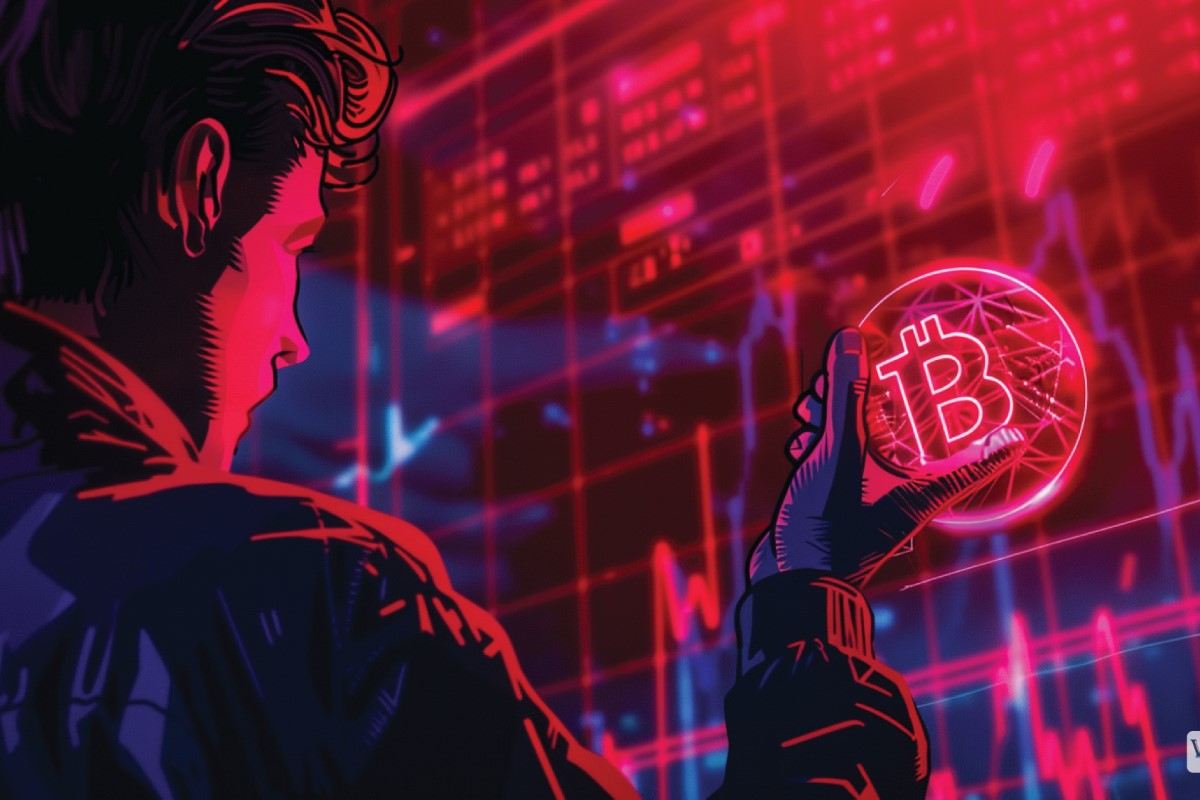Ripple Coin (XRP) is one of the top ten cryptocurrencies on the market by capitalization. It is the native cryptocurrency of Ripple, a digital payment protocol that operates similarly to the SWIFT system.
The SWIFT system is commonly used for international money and security transfers and is often used by banks and intermediaries for financial dealings across several kinds of currency.
What Is Ripple Coin (XRP)?
Ripple Coin, or XRP was built to be one of the fastest and most practical cryptocurrencies for applications across the financial and cross-border payment space.
Ripple Coin is a “pre-mined” cryptocurrency with the ticker symbol “XRP”.
XRP was first released in 2012 by co-founders Chris Larsen and Jed McCaleb. It was created to serve as an intermediate medium of exchange between two currencies or networks – something similar to a temporary settlement layer that allows the transfer of money in any form, whether it be fiat (Euros, Dollars, or Yen) or other cryptocurrencies (Bitcoin or Ether).
Unlike most other cryptocurrencies on the market, XRP is different as a global payment network in that it counts major banks and other organized financial institutions among its customers.
Another difference between XRP and other cryptocurrencies is that XRP doesn’t rely on Proof of Work algorithms like Bitcoin or Proof of Stake Algorithms like Ether and Cardano. Instead, it relies on a special kind of consensus algorithm called the Ripple Protocol Consensus Algorithm, or RPCAÂ for short.
This consensus model improves the quality and speed of the system and prevents “double spending” simultaneously.
Latest Ripple Coin News
The parent company of XRP, Ripple Labs, has been in a legal battle with the US Securities and Exchange Commission (SEC) for two years now.
In December 2020, the SEC filed a case against Ripple Labs, arguing that XRP was unregistered security and that its CEO, Brad Garlinghouse, and several other officials were violating several US securities laws.
Following the lawsuit, several crypto exchanges like Coinbase and Robinhood began to delist XRP for fear of being probed and sanctioned themselves.
This, along with several other factors of the court case, has contributed to the relatively stagnant growth of XRP compared to most of the others in the market over the last two years.
Recently, however, the light at the end of the tunnel appears to be growing brighter for Ripple.
Following proceedings from the two-year case, the SEC and Ripple have filed for a summary judgment. In summary, both the plaintiff and the defendant have indicated that they do not want the court case to evolve into a full-blown trial.
In later developments, however, some very important documents relating to William Hinman, former chairman of the SEC, have come up.
According to Stuart Alderoty, the general counsel to Ripple Labs, these documents contain facts that prove that a sufficiently decentralized network (like Ethereum and bitcoin) can not be classified or sued for being security.
According to Alderoty, if Ethereum, Bitcoin, and several other decentralized networks aren’t securities, then XRP isn’t either.
Ripple Coin Winning the Battle
In October, according to a ruling from District Court Judge Analisa Torres, the SEC was ordered to turn over the documents, now dubbed “the Hinman documents.” Lately, the SEC finally complied and handed copies of the documents over to Ripple.
The CEO of Ripple Labs, Brad Garlinghouse, has made several comments on the issue and has projected that the legal battle between the SEC and Ripple is expected to end in “three to four months.†This puts the timeline of the case’s resolution around early 2023.
Ripple Coin Price Analysis
Following Ripple Labs’s victory over the SEC in the fight over the Hinman documents, the price of XRP started to rise.
From late September until mid-October, the price of XRP in the chart formed a symmetrical triangle, as illustrated below.

As illustrated above, the price of XRP finally broke the formation downwards on 20 October and is now looking bearish.
The RSI is also looking bearish at this point, suggesting that the bears are starting to pull control out of the hands of the bulls.

As illustrated above, the 20 and 50-period moving averages have followed the price action of XRP below the formation, indicating a fairly strong selloff.
While the 100-period moving average still manages to hold its ground within the symmetric triangle, the bears have pulled the price action of XRP into a retest of the symmetrical triangle’s support.
The bears are also trying to initiate a downtrend after the breakdown of the support level to continue XRP’s multi-month move to the downside.
XRP Price Prediction 2022
Compared to the rest of the market, XRP has remained relatively volatile. However, the bear market now appears to be catching up to it.
With the trading volumes of several cryptocurrencies in the market reduced drastically throughout the year, XRP’s situation is no different. However, the cryptocurrency may still rally upward if there is a sudden spike in trading volumes across the rest of the market.
As with this, on average, XRP may finish the year at $0.6.
XRP Price Prediction 2023
Cryptocurrencies on the market are expected to be bullish in 2023 in anticipation of the next market cycle.
Ripple coin (XRP) is expected to start the year strong at around $0.5 – $0.6. Where it goes in terms of price from this point depends largely on the market sentiment and the behavior of its bulls, bears, and whales.
Disclaimer: Voice of crypto aims to deliver accurate and up-to-date information, but it will not be responsible for any missing facts or inaccurate information. Cryptocurrencies are highly volatile financial assets, so research and make your own financial decisions.









